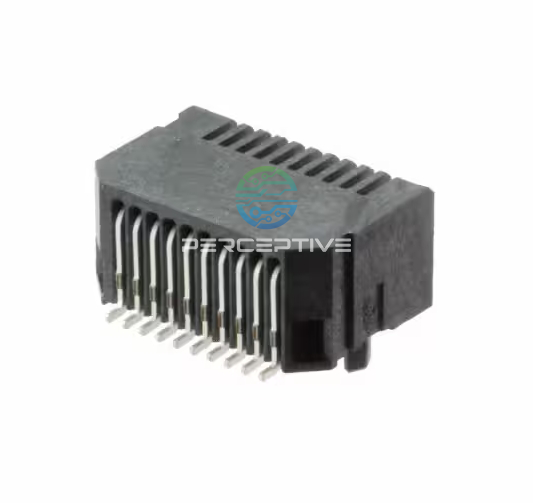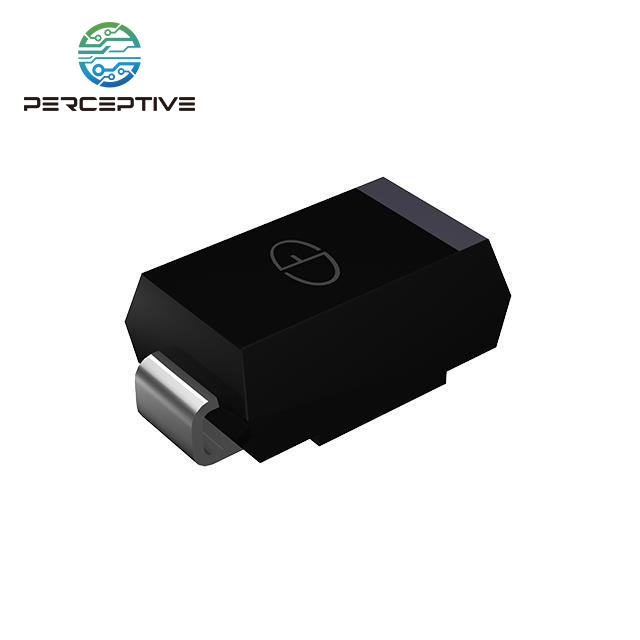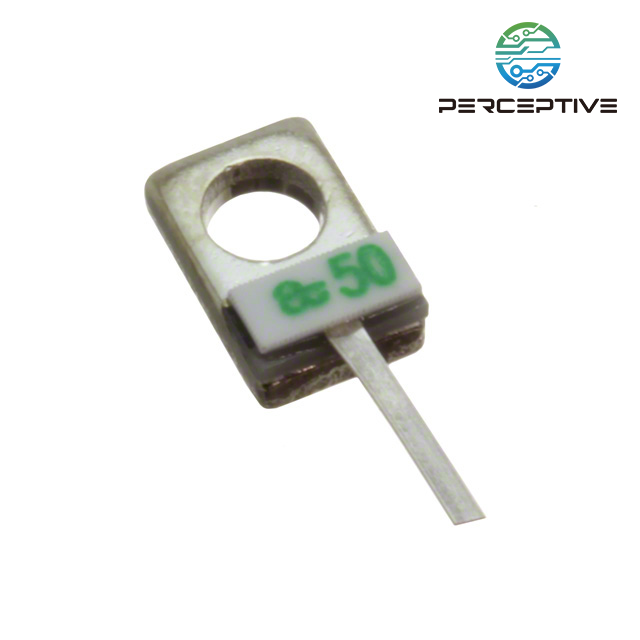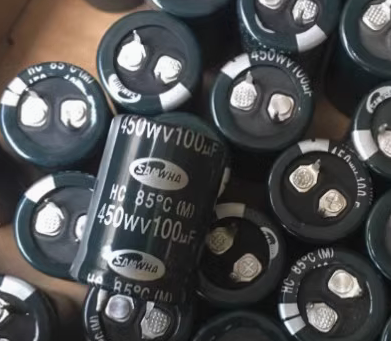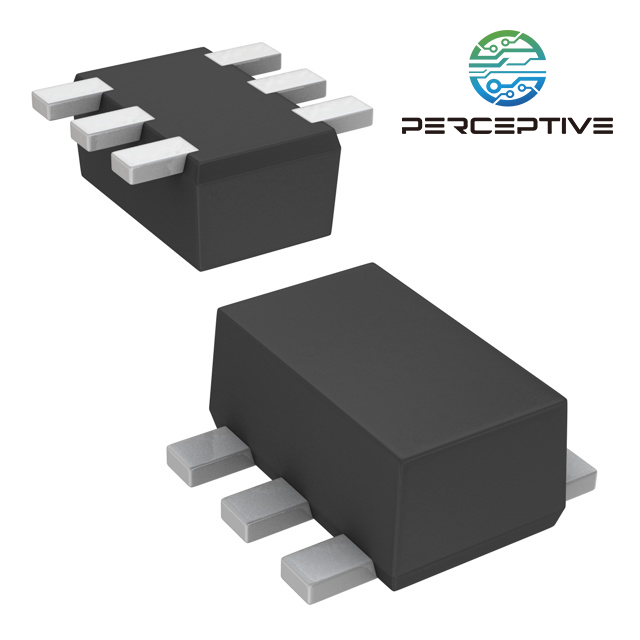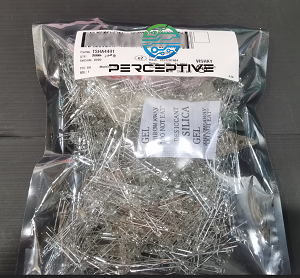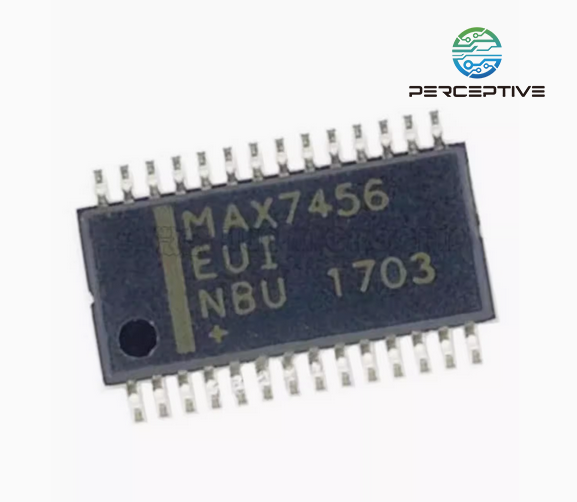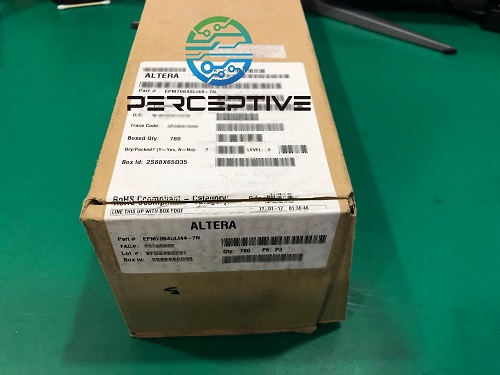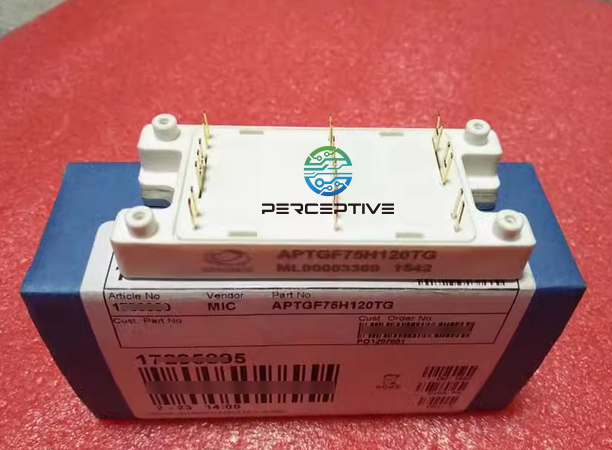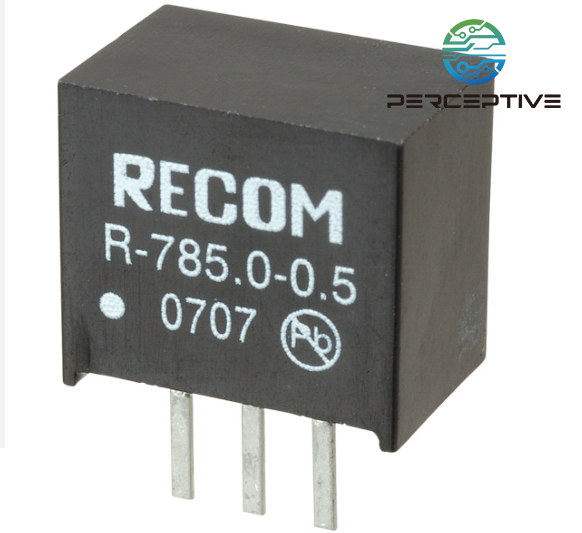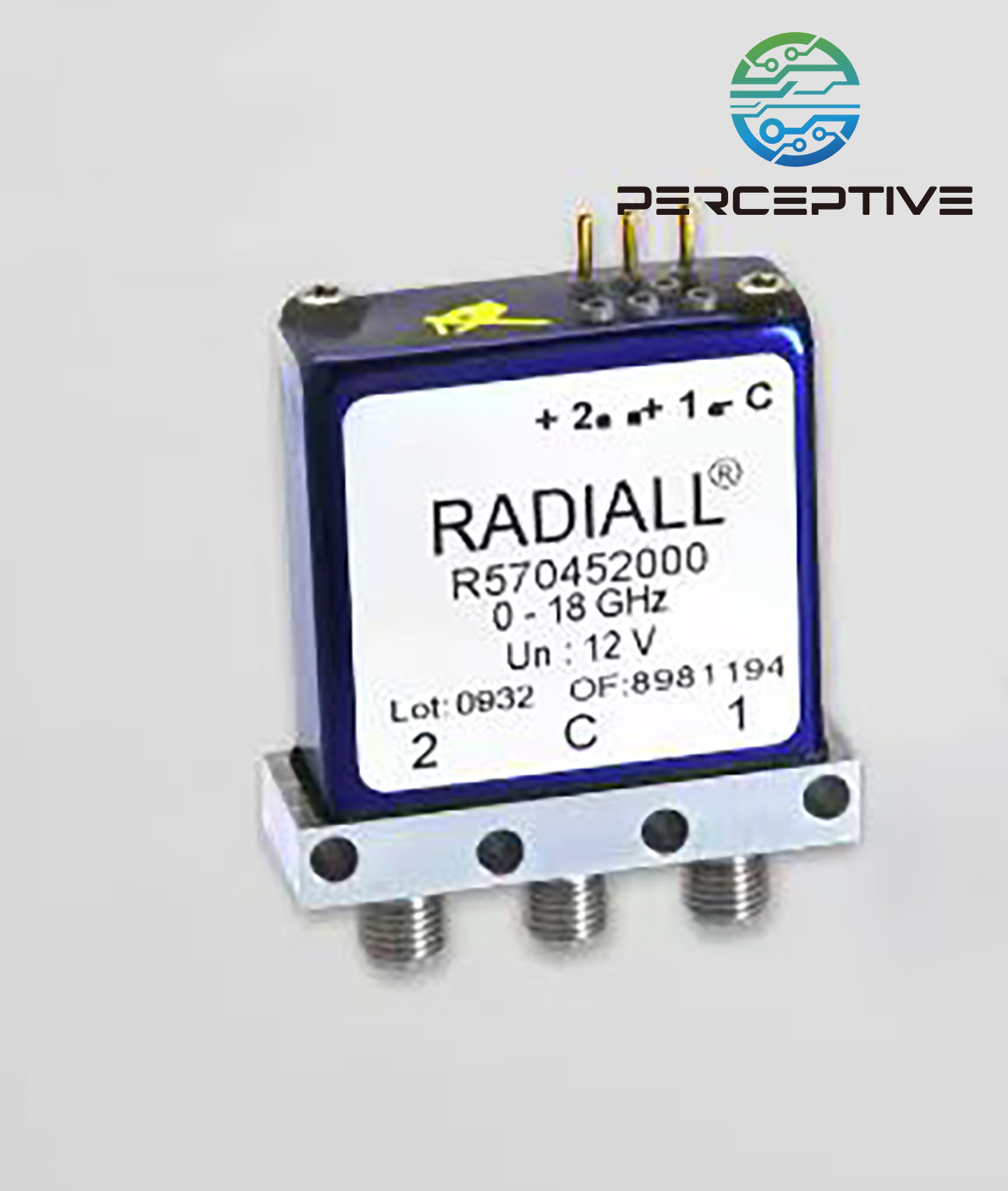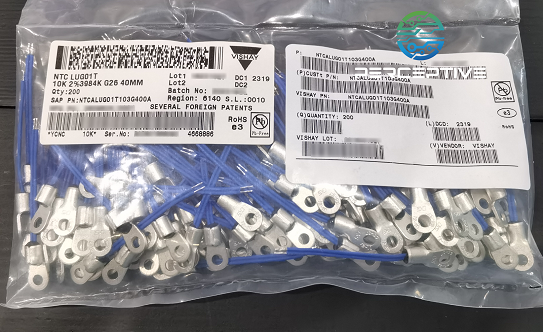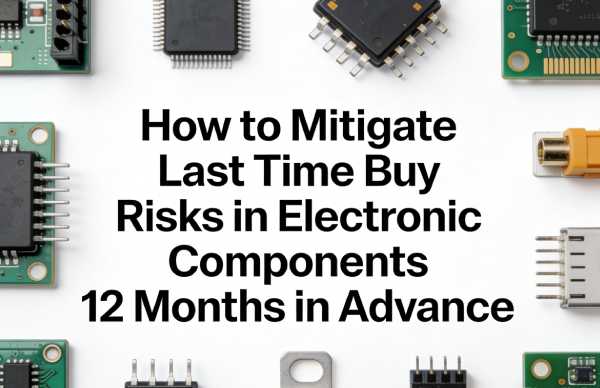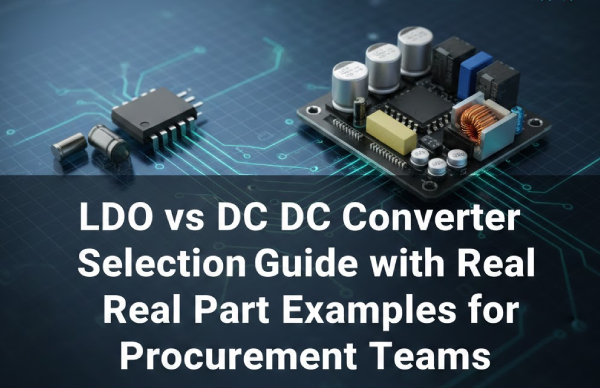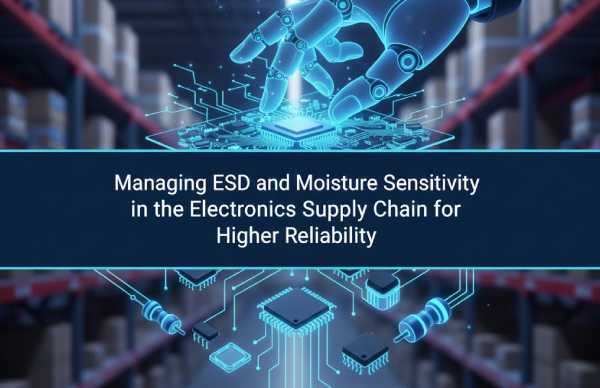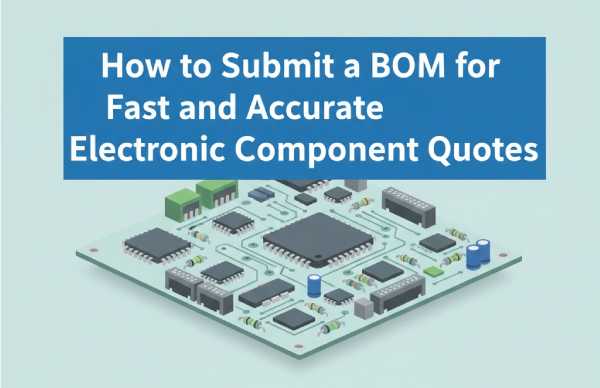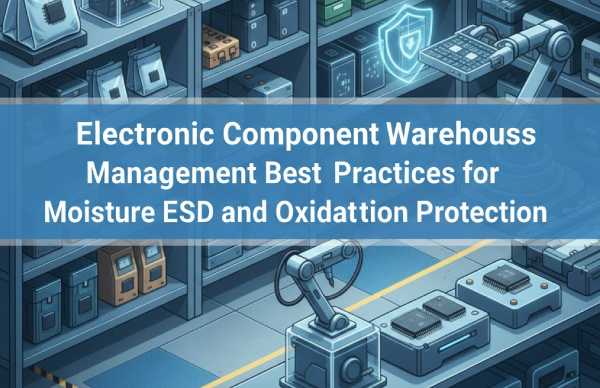Global procurement makes it routine for integrated circuits (ICs), surface-mount devices (SMDs), and populated PCBs to travel thousands of kilometers before final assembly. Each logistics leg—truck, rail, air, or sea—adds random vibration spectra, impact pulses, humidity excursions, and electrostatic discharge (ESD) risk. Failures such as solder-joint micro-cracks, lead deformation, and bond-wire fatigue rarely stem from one catastrophic drop; they accumulate through repeated low-level stress. Engineering-grade packaging and in-transit monitoring sharply reduce these latent defects.
1. Characterize the Transit Environment
Road/rail freight subjects cartons to broad-band random vibration (10–200 Hz) and intermittent vertical shocks from potholes and rail joints.
Air cargo introduces high-frequency vibration, cabin pressure shifts, and rapid temperature gradients.
Ocean containers impose long-period oscillation, cyclic humidity, and crane-induced impacts during port handling.
Profiling the transport corridor with tri-axial accelerometers or shock loggers identifies the worst-case stress nodes and informs dunnage design.
2. Engineer the Packout from the Component Outward
Mitigation begins at device level:
Fixture the PCB or tray on a rigid carrier to control board deflection per IPC-9701 criteria.
Employ form-fitting dunnage—conductive cross-linked foam, thermoformed JEDEC trays, or custom die-cut corrugated inserts that distribute loads and minimize point stress.
Control ESD and moisture: vacuum-seal MSL-rated ICs with desiccant packs and humidity indicator cards; enclose static-sensitive semiconductors in metal-in shielding bags per ANSI/ESD S541.
A tight inner pack suppresses micro-movement, avoiding resonance amplification inside the shipper.
3. Tune Cushioning to Fragility and Mass
Foam density alone is insufficient. A dual-stage isolation scheme is widely used:
Inner compliance layer (closed-cell ESD foam or rail-guided tray) immobilizes geometry and shares load paths.
Outer energy-absorbing layer (EVA or PE foam) attenuates high-g shocks and filters broad-band vibration.
Avoid excessive void fill; uncontrolled rebound can accelerate SMD leads against tray edges, causing latent solderability issues.
4. Stabilize Loads at the Unit-Load Level
Once cartons are prepared, unitize for mechanical handling:
Apply corner posts, strapping, and stretch film to prevent lateral migration on pallets.
For heavy, high-value lots, design plywood or steel-reinforced crates with internal blocking and cleats to meet ISTA 3B stacking requirements.
Maintain pallet overhang <25 mm and observe load center guidelines to avoid tilt during forklift tines insertion.
Proper unitization prevents stack collapse when vehicles brake or containers roll.
5. Validate Per Industry Standards
Use IEC 60068-2-6 (sinusoidal) / 60068-2-64 (random vibration) and ISTA 3A/6A protocols to benchmark packout. Conduct HALT-style stress screening on pilot lots to identify weak solder joints or connector fretting before scale deployment. The modest test investment offsets downstream RMA and rework cost.
6. Instrument Shipments and Close the Loop
Deploy impact recorders, tri-axial MEMS vibration loggers, and temperature-humidity data tags to collect objective transit metrics. Analytics pinpoint if failures correlate with last-mile courier handling, rail intermodal transfer, or container stack resonance. Visibility enables evidence-based corrective action instead of anecdotal guessing.
Many OEMs also affix single-use impact indicators (25–50 g threshold) to cartons; their deterrent effect alone improves operator discipline across the network.
7. Operational Playbook
Define component fragility parameters (max g-level, allowable PCB strain).
Select ESD-compliant inner pack with conformal fit.
Layer energy-absorbing outer dunnage tuned to modal response.
Seal with desiccant + humidity card for MSL-rated devices.
Palletize or crate with verified load-securement hardware.
Add shock/vibration loggers on trial shipments.
Analyze telemetry and iterate packout geometry for optimal cost-performance.
Conclusion
Mitigating vibration-induced failures is a design-for-logistics discipline, not a matter of "more bubble wrap". By profiling lane dynamics, integrating ESD/moisture safeguards, and validating with real-world telemetry, distributors safeguard component integrity, reduce field returns, and uphold supply-chain quality metrics. Every shipment becomes a data point to refine packaging performance, converting logistics from a liability into a competitive differentiator.

